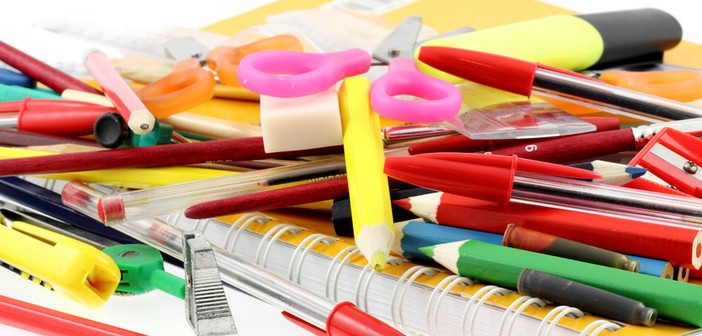What are the main changes announced for the 2016-2017 school year, which will start on Thursday, September 1st with the back-to-school session? First, the middle school reform, as well as that of the curricula from CP (the first grade of elementary school in France) up to 3ème (8th grade). But also new initiatives to develop digital skills, which concern students at all levels, and reinforced security measures.
The middle school reform, which sparked debate since its presentation in the spring of 2015, caps the hours at 26 per week for students.
It allows each school to autonomously allocate 20% of the hours to work in small groups, to personalized support (intended for all students), and to interdisciplinary practical lessons (EPI, with projects associating at least two different subjects within the same class). These become mandatory, ranging from one to three hours per week starting from the 5e (7th grade).
What will the “interdisciplinary practical lessons” of the new middle school look like?
Students will start learning a second foreign language beginning in 5e (previously, they started in 4e or 8th grade). Some bilingual classes (with two languages being taught from the 6th grade) are being phased out, along with the European sections.
The Latin options (15 to 20% of students) and Greek (less than 3% of 3ème students) are being replaced with an EPI “languages and culture of antiquity,” enhanced by an “additional teaching” for volunteers (1 hour per week in 5e, and 2 hours in 4e and 3e, compared to 2 hours and then twice 3 hours for the option).
The controversy surrounding Latin and Greek persists.
The middle school certificate exam is revamped, featuring a portion based on continuous assessment of the acquisition of the common core, an oral exam (presentation of a project done as part of the EPI or educational pathways), and two written exams instead of the previous three.
The first will cover mathematics, physics-chemistry, earth and life sciences, and technology, while the second will focus on French, history-geography, moral and civic education. A “republican ceremony” for the diploma awarding is introduced.
Students from 6e to 3e must have this year new French, mathematics, and history-geography textbooks; 5e students, a second language textbook (with its teaching advanced by one year); and 6e students, a new science textbook.
Remodeled curricula from CP to 3ème
The new programs are designed in three-year cycles (CP-CE2, CM1-6e, 5e-3e) to allow knowledge to be progressively assimilated. The aim is to provide students with “fundamentals,” with a focus on “reading, writing, counting, and thinking.” This is particularly emphasized from CP to CE2, with “daily” writing and mental arithmetic sessions. The first language begins in CP, instead of previously in CE1. Among the new elements, teaching coding will start in CE1. A competency assessment must be established at the end of CE2, 6e, and 3e.
A digital plan
One-quarter of the middle school’s fifth-grade students will receive a tablet or laptop, with the goal that all middle school students will be equipped within three years. In addition, eighteen hundred schools are being equipped with mobile digital devices this school year.
A new unique digital school record (LSUN) will be accessible online from CP to 3e, but paper records will remain.


